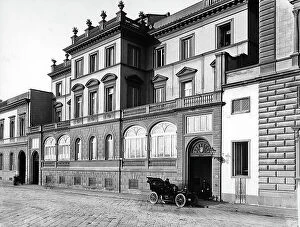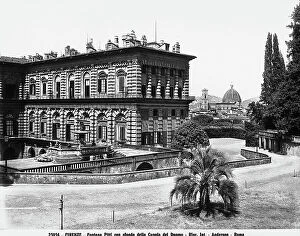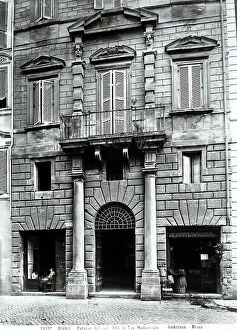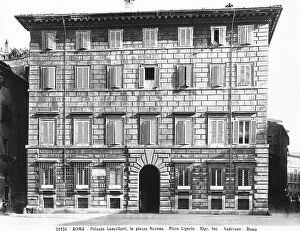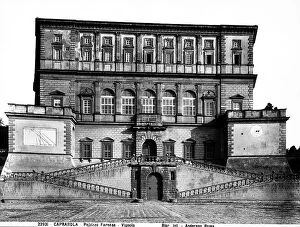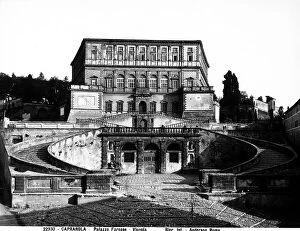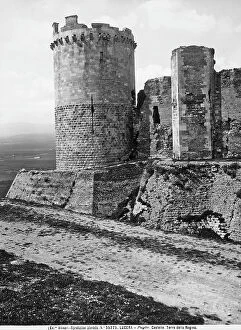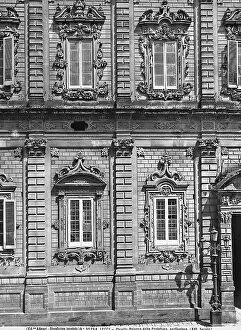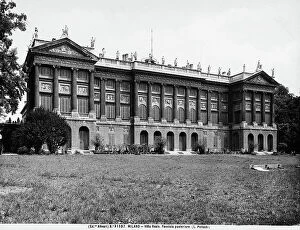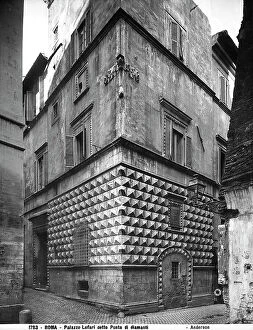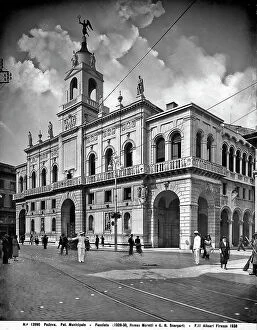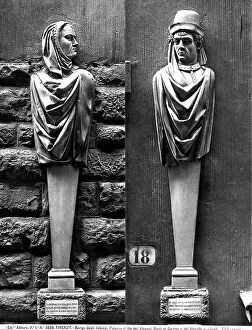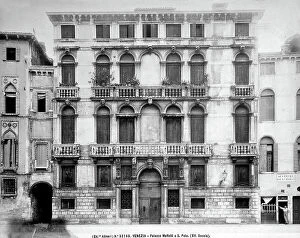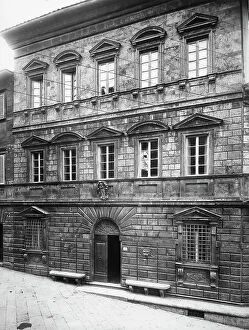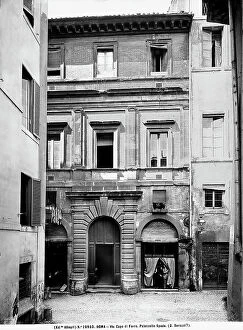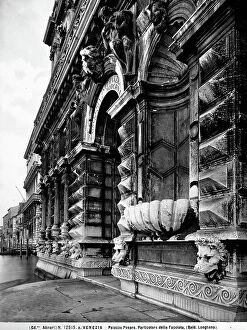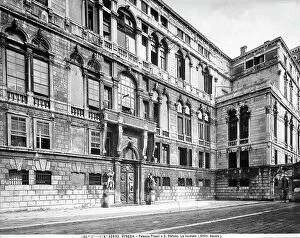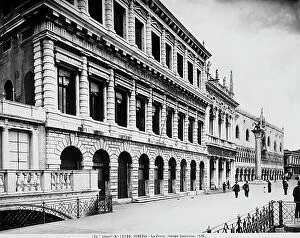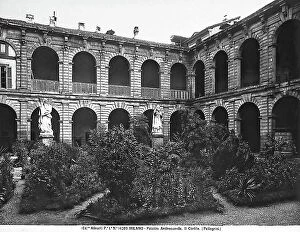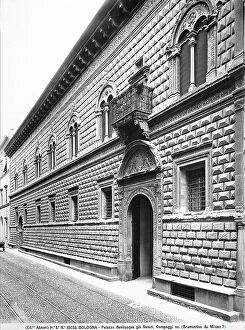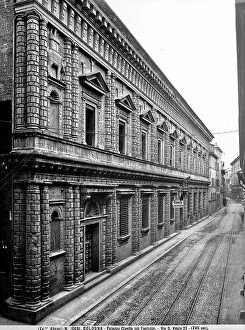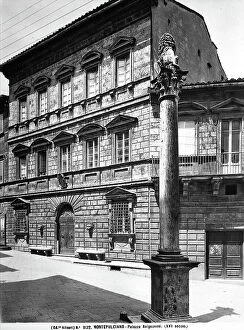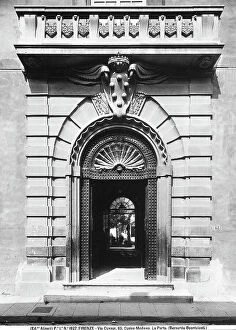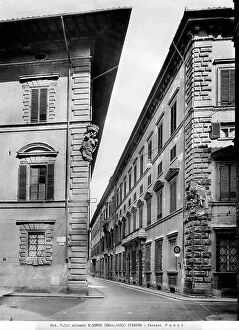Ashlar Collection (#2)
Ashlar is a versatile and enduring building material that has been used throughout history in various architectural marvels
For sale as Licensed Images
Choose your image, Select your licence and Download the media
Ashlar is a versatile and enduring building material that has been used throughout history in various architectural marvels. From the majestic Severn Bridge to the picturesque Bewdley they can be seen standing strong, connecting communities across rivers like the River Welland and adorning iconic structures such as the English Bridge. In tranquil settings like Fingle Bridge in Dartmoor National Park, Devon, one can find solace while witnessing a man fishing against an ashlar backdrop. Its presence adds a touch of elegance to this serene spot. Traveling further east to Istanbul, Turkey, we encounter the magnificent Bebek Mosque (Humayun-u Abad Mosque), where ashlar takes center stage in its construction. This sacred place showcases how this remarkable material transcends borders and cultures. Delving into ancient times, we uncover the Tholos Tomb at Mycenae. Crafted from ashlar stones meticulously fitted together, it stands as a testament to human ingenuity and craftsmanship. The significance extends beyond architecture; it also holds symbolic meaning within Masonic traditions. The litho depiction of Masonic symbols reminds us of their hidden meanings embedded within these carefully crafted stones. Moving on to engineering feats, we witness the Aswan Dam under construction—a colossal project made possible by utilizing sturdy ashlar blocks. This structure not only harnesses nature's power but also demonstrates humanity's ability to shape our environment with precision and strength. However, not all encounters with it can peaceful; depicted in a fragment from Osuna (Urso), Spain is a man attacked by a lion—an intense moment frozen forever in stone carved from this durable material. Styles of masonry vary greatly when working with ashlar—each unique pattern showcasing creativity and skill passed down through generations. These litho illustrations capture different techniques employed by craftsmen worldwide. Artistic expressions also find inspiration in driving an ashlar; oil on canvas captures both physical labor and the beauty of this process.

